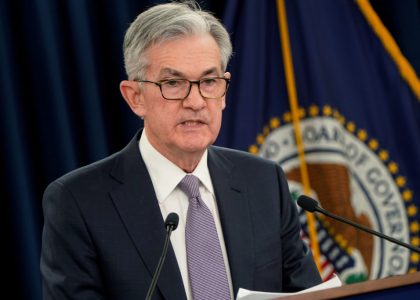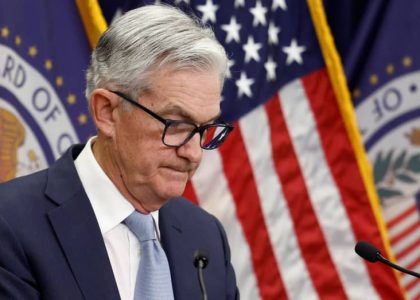The U.S. Treasury Bond market has been held hostage for the last year as the developed world argues about economic stimulus. The argument began to grow back in December of 2014 as Janet Yellen and the Federal Open Market Committee (FOMC) stated, "The committee considers it unlikely to begin the normalization process for at least the next couple of meetings.” This sent rates plummeting and Treasury Bond and stock prices screaming higher. This move was widely anticipated and was perhaps, the last choreographed move between the Treasury and its markets' participants as market participation since then has declined dramatically. This has left the biggest traders in the deepest markets debating domestic Fed policy in a world of increasingly negative interest rates, while raising domestic rates for the first time in nearly 10 years.
 We typically refer to the commercial trading population as being among the best-informed people in the world. In this case, the relationship is based on accurately predicting the actions of the FOMC. Beginning with the weekly U.S. Treasury Bond chart we can see some big picture themes taking place. First of all, in the bottom pane of the chart below notice the growth of the commercial traders' total position. This position began building during the economic collapse and continued to build right up until the FOMC announced an end to their stimulus programs. In fact, Janet Yellen's statements regarding the first rate hike provided the biggest traders in the deepest market with ample time to position themselves accordingly ahead of what's expected to be a tumultuous normalization event. Commercial traders like predictability not tumult. As a result, most simply chose to take their ample winnings accrued throughout the FOMC sponsored rally and return to cash. This can be clearly seen as the commercial traders unwound their largest position since 2008 from 1.2 million contracts to an average around 500,000 over the last year.
We typically refer to the commercial trading population as being among the best-informed people in the world. In this case, the relationship is based on accurately predicting the actions of the FOMC. Beginning with the weekly U.S. Treasury Bond chart we can see some big picture themes taking place. First of all, in the bottom pane of the chart below notice the growth of the commercial traders' total position. This position began building during the economic collapse and continued to build right up until the FOMC announced an end to their stimulus programs. In fact, Janet Yellen's statements regarding the first rate hike provided the biggest traders in the deepest market with ample time to position themselves accordingly ahead of what's expected to be a tumultuous normalization event. Commercial traders like predictability not tumult. As a result, most simply chose to take their ample winnings accrued throughout the FOMC sponsored rally and return to cash. This can be clearly seen as the commercial traders unwound their largest position since 2008 from 1.2 million contracts to an average around 500,000 over the last year.

Now, look at the opposing actions taken during the Treasury rally so far this year. The commercial traders' net position has declined by more than 85,000 contracts on the rally while the large speculators' net position has grown by more than 65,000 contracts.Furthermore, note on the right side of the bottom pane that the large speculator position has grown by more than 20% over the last month as they've been adding to their long positions ahead of the April FOMC meeting. Meanwhile, the commercial traders' total position has grown by less than 5%, as they feel less certain as a group but more certain individually. We calculate this using the difference in their total position and net positions and use it to publish mechanical Commitments of Traders trading signals. Aggressive commercial traders have taken advantage of large speculator buying to create their most net short position since July of 2012 ahead of the April meeting. We'll seek consensus based on the outcome of the FOMC meeting and the commercial traders' collective actions in response to the FOMC's language. If the commercial position continues to grow due to continued selling, we'd feel pretty confident that their collective consensus is pointing towards higher rates. In the meantime, we'll continue to look for individual trading opportunities through the daily chart below.

Now, we can examine the interaction between the commercial traders and the large speculators. Notice the generally negative correlation between market prices and the commercial trader net position in the second pane. This is nearly the exact opposite of the large specs. It must also be understood that the Commitments of Traders data is a week old. Therefore, their purchases show as upticks on the market's general decline. This makes them leaders, rather than followers. This is the exact opposite of the trend-following large speculators whose position tends to be positively correlated to the market's movement. The recent action is a great example as recent large speculator buying provided ample opportunity for the commercial traders to offset the long position they've been building since December.
Finally, the decade plus long rally has provided time for significant support to build underneath the market's springtime rally. We solid support based on long-term trends and moving averages that suggest commercial trader may return to the buy side of the Treasury market once prices begin to fall to the 150 - 156 area. The real question becomes, "Can the US raise rates domestically while an increasing percentage of the developed world institutes increasingly negative interest rates?"





